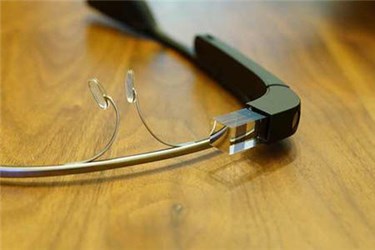Are Wearables Dead?

By Katie Wike, contributing writer

Survey: one third of wearables users stop using them after just six months
According to Endeavor Partners, “More than half of U.S. consumers who have owned a modern activity tracker no longer use it. A third of U.S. consumers who have owned one stopped using the device within six months of receiving it.”
Endeavor reports this as part of a series addressing “critical strategic issues in wearable devices and services, the factors that are significant contributors to long-term success, how to design workable business models to create and capture value, and future opportunities in this space.” It further writes, “The criteria for success for many wearable devices and services goes well beyond adoption. Success is defined by the degree to which these devices and services make a long-term impact on their users’ health and happiness.”
MobiHealth News reports, “Researchers received responses from 6,223 consumers in the United States about whether they owned a ‘modern activity tracker,” which they described as devices similar to Jawbone, Fitbit, Nike, and Misfit Wearables. And of those, 500 responded that they did own such a device. The age group with the largest percentage of activity trackers owners is the 25-to 34-year-old range (25 percent). After that, 35- to 44-year-olds made up 19 percent of the wearable owning population, and 18 to 24 group made up 17 percent. Given the three to four percent margin of error, the differences between these age groups could be quite small.”
What Endeavor refers to as the “Dirty Secret of Wearables” is the fact that wearables seem to lose their charm after just a matter of months. “It’s not enough to sync with, link to, or work alongside one of the current devices on the market, or to partner with one of the many startups to design an even better device. Designing a strategy to ensure sustained engagement is the key to long-term success in this highly competitive space,” wrote researchers.
The results of this survey come not long after another found 1 in 6 of those who know what wearables are, wear them. In January, a third survey found more than half of consumers were interested in buying wearable technology. Could it have been New Year’s resolutions skewing the data? Are consumers who were so interested in tracking their fitness just months ago already over the fad?
According to Endeavor, wearables need to encourage sustained engagement, not just a passing trend. “Products and services that provide utility but fail to have a meaningful impact on users’ behaviors and habits - such as an activity tracker that provides data but doesn’t inspire action - end up failing in the market. Users quickly abandon wearables that don’t help them make positive changes. Devices that offer functionality to help the wearer change their habits also promote sustained behavior change and lead to long-term health.”
Despite Endeavor’s findings, The San Jose Mercury News writes it’s too soon to write off the wearable market. “First, the premise of the wearable category starts with a good question: Are there different ways for us to interact with technology than a screen? Could those other mediums allow us to interact more with those around us, rather than distract us and take us away from our immediate surroundings?”
"Second, the promise of the sector is not to just add more beeps and buzzes to your life. The goal is to sell you something that is novel, yes, but actually offers ways to improve your life. So, you wake up to learn you slept five hours, and your smartwatch takes in the data from the past week to calculate your cumulative sleep deprivation, taking into account factors like age and gender. It recommends a nap at 2 since it sees an opening in your calendar, or an early bedtime.”
Forbes takes its objections to Endeavor’s study one step further, writing, “It’s a study that it makes you think it’s about the broader wearables category, but one – including the survey data in it – that is mainly about fitness trackers.
“One might be comfortable suggesting that since fitness trackers are biggest overall category today of wearables that fitness trackers generally represent all wearables, but I’m not. A Fitbit is a long way from a Google Glass or wearable headset or even a Pebble watch, and I think if the study is using data about one category of wearable – particularly a fitness tracker – it should be comfortable in concluding only that fitness trackers – not all wearables -are seeing 30 percent abandonment.”
Forbes concludes, “Wearables is a market that will ultimately be bigger than the tablet market, mostly because wearables will take so many forms and address so many potential user scenarios (from elder care to gaming and yes, to fitness).”
